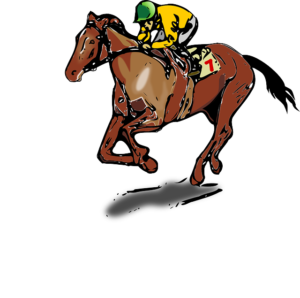Why are horses disqualified?
Horses can be disqualified before or after a race for a variety of reasons, some of which are more common than others. Far and away the most common reason for disqualification is that, by accident or design, a horse causes interference to one or more of its rivals, to such an extent that it affects the result of the race, as far as the winner and placed horses are concerned. Depending upon the severity of the interference, the placings may be reversed or the offending horse may be disqualified.
Following a race, a horse may be subject to an objection by the Clerk of the Scales, for example, if a jockeys fails to ‘weigh in’, at all or, for whatever reason, the horse is considered to have carried less weight than it should have done, according to the race conditions. Occasionally, a horse may be disqualified, before or after a race, because it is found to be ineligible to run or, after a race, because its jockey is ineligible to ride. If a horse is subject to a routine examination and subsequently tests positive substance, it can be disqualified long after the race has been run. Other, more obscure reasons for disqualification include a horse that is leased, rather than owned outright, running in a selling or claming race without the written consent of the lessor.
As you can see these are nuanced issues of which knowing the ins and outs of can benefit us. The better your understanding the more likely you are to come away from it as a winner!
 Point-to-point racing is essentially grassroots steeplechasing for amateur jockeys and trainers. Point-to-point race days are organised at a local level by a hunt, or a recognised club or association, and staged on a variety of racecourses, approved, but not licensed, by the British Horseracing Authority (BHA). Jockeys riding in point-to-point racing must be members of, or subscribers to, a recognised hunt and horses qualify by virtue of being owned by members or subscribers and having a registered ‘hunter certificate’.
Point-to-point racing is essentially grassroots steeplechasing for amateur jockeys and trainers. Point-to-point race days are organised at a local level by a hunt, or a recognised club or association, and staged on a variety of racecourses, approved, but not licensed, by the British Horseracing Authority (BHA). Jockeys riding in point-to-point racing must be members of, or subscribers to, a recognised hunt and horses qualify by virtue of being owned by members or subscribers and having a registered ‘hunter certificate’.